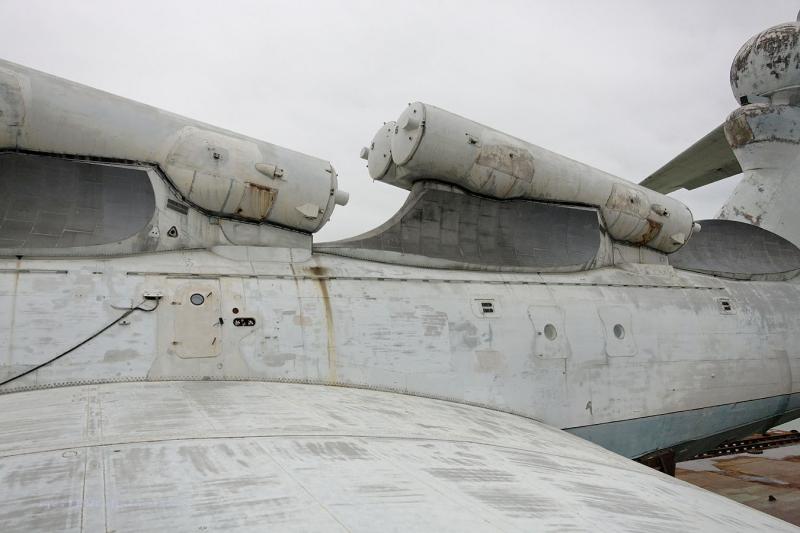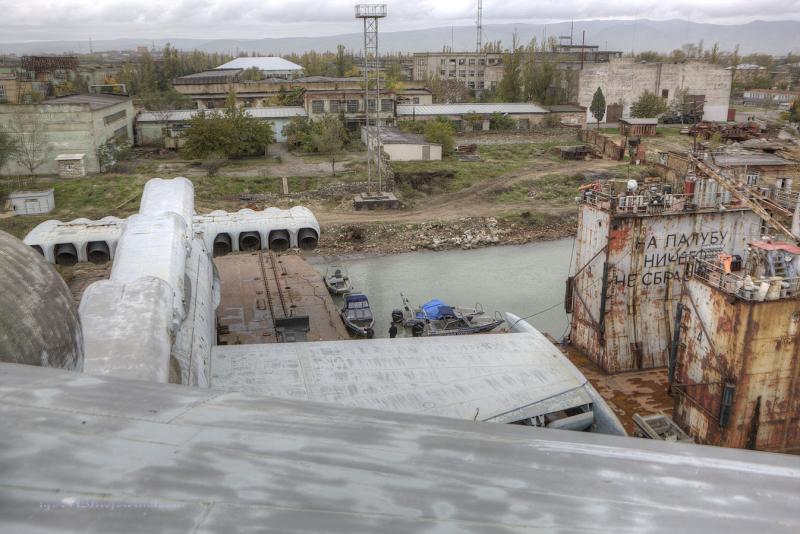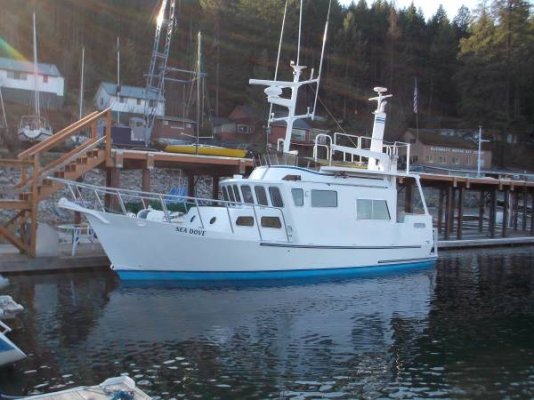I got my seaplane rating in 1980 or thereabouts from Lana Kurtzer, a legend in northwest seaplane flying. He started his air service on Lake Union in 1928 and was still at it when I moved here in 1979. Fairly amazing character.
As part of my training, he had me do an excercise during every lesson, sometimes several times per lesson, that was intended to instill in me the correct visual picture for touching down as well as teaching me to very accurately judge my height off the water while looking straight ahead and using my periferal vision.
He had noticed early on that I often referred to the instruments while flying (the result of being instrument rated, I guess) so he began covering up every instrument on the panel except the tachometer and engine gauges. His mantra for seaplane flying was "You can tall everything you need to know by looking out the windshield." (He was right, by the way.)
This particular excercise consisted of flying down to the south end of Lake Washington, which I believe is 23 miles long, and then flying the entire length of the lake five feet off the water in the touchdown attitude at about 80 mph. The attitude and speed were, or course, controled with the yoke, and altitude was adjusted with power. I would add power just before the two floating bridges across the lake to hop up and clear them by fifty feet or so and then I'd pull the power off to drop back down to my five foot target altitude and then put the power in to level me off and keep me at five feet.
I was a wonderful way to learn the proper sight picture and judgement, but it required constant manipulation of the yoke and the throttle to maintain the correct attitude and altitude. Down at the surface the air does all sorts of squirrely things and it takes constant adjustment to compensate for it.
I'm not sure an autopilot would help because autopilots can only react, they can't anticipate. Kurtzer had taught me to "read" the wind gusts on the surface of the water, so I knew that an actual gust is always a certain distance ahead of its visual presence on the water. So one of the things this excercise drfilled into me was the skill of reducing power immediately prior to the gust actually hitting the plane rather than waiting until I'd reached the telltale ruffling of the surface. Because if I waited to adjust power where the visual presence of the gust began, it woud be too late.
The gust would have already hit me and with power still in, I would be ballooned quite a ways higher than my five foot limit and Kurtzer would either yell at me or whack me depending on his mood at the time.

An autopilot/autothrottle would not know the gust was coming and so would not know to make an adjustment prior to the gust hitting, with the result that the plane would be balooned upwards every time.
A three-axix autopilot without an autothrottle might be of some value, but down close to the surface like that, it would have to have an extremely fast reaction time to "save" the plane before it hit the water.
So your observation, Art, of the pilot constantly adjusting the controls is right on the money. That's what it's like flying right down on the surface like that in ground effect.













